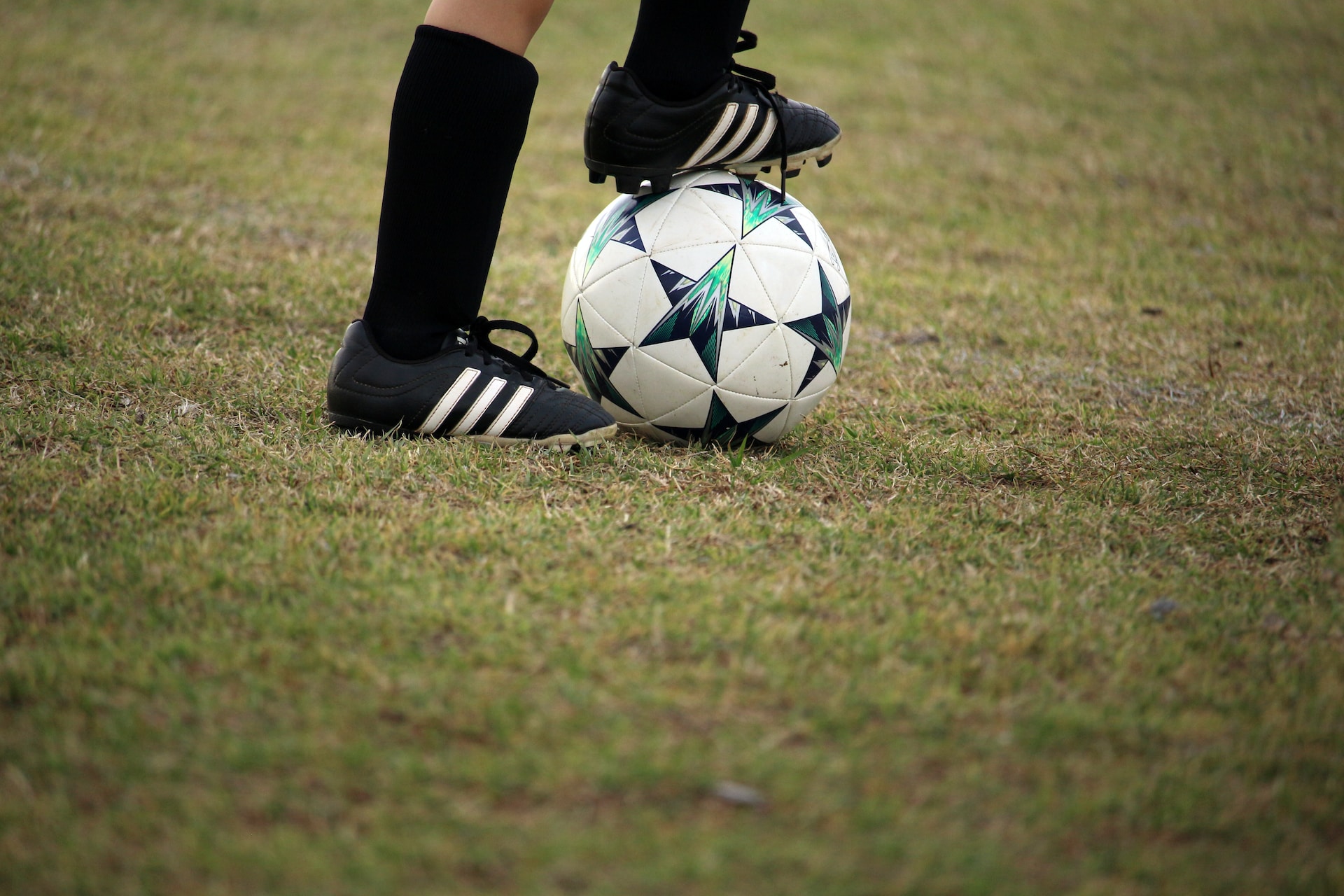
By Hester Richardson
Department of Disability Inclusion and Special Needs (DISN), School of Education, University of Birmingham
The University of Birmingham is currently hosting the IBSA (International Blind Sports Federation) World Games. The IBSA World Games raise awareness of accessibility in sport and celebrate the skills and abilities of athletes with vision impairment.
Vision impairment is primarily a disability which affects people over 65. In fact, 79% of people who are registered sight impaired or severely sight impaired are over 65. The remaining 21% of people with vision impairment are spread across a population aged between birth and 64 – a huge age range, making this a very low-incidence disability. The isolating effect of this can have a significant impact on young people’s wellbeing, social inclusion, and access to leisure and sporting activities.
Until recently, I worked as a specialist teacher supporting schools to include children and young people with vision impairment and multi-sensory impairment (deafblindness). As part of this, I was able to witness first hand the lived experience of many children and young adults with vision loss, especially around their experience of sport. I supported young athletes both as a guide runner and as a ski guide, as well as advising schools on ways of including children effectively in school sports and games.
Being able to use your body, and to push yourself physically, is perhaps something that sighted people take for granted. But it’s not easy to do this when you don’t necessarily feel safe, or if you don’t quite know how to hold or move your limbs effectively to throw, jump, run, or compete. I have witnessed the positive impact on an individual’s wellbeing and confidence to move at speed without feeling scared, to compete with others, and to try and try at something until you get it right. This made me a strong advocate for the creation of pathways into sport for young people with vision impairment.
How far have schools come in making PE and sport inclusive?
There have been significant changes to inclusion in PE and school sport in the twenty years that I’ve worked with children and young people with vision impairment. I’ve heard distressing stories of children not being picked for teams, I’ve seen children sent to the side of the pitch to practice throwing and catching with an adult, but in more recent years I’m witnessing some really excellent practice. Simple adaptations, like the class teacher demonstrating new moves to the whole class with the child with vision impairment at the front, or team warm-ups which involve groups of four or five children being asked to move together around obstacles in tight huddles, can all help to ensure greater inclusion and involvement for children with vision impairment. An extra adult working with the whole class, freeing up the teacher to spend a little more time with the child with vision impairment, or taking a small group including the child with vision impairment. Modified equipment, such as the use of bright tabards rather than bands or arm bands to indicate teams, or brightly coloured balls or bats, even making sure that lines on pitches are more clearly marked, can all improve confidence and success.
A more academic emphasis on PE in schools has also been positive for learners with vision impairment, as has the shift of emphasis from team success to individual goals and development. Just like their sighted peers, children and young people with vision impairment can plan and execute a fitness programme for themselves and others using multi-gym equipment, for example, and can then reflect on what worked, making subjects like PE GCSE an accessible and rewarding choice for many.
What further work needs to be done?
Although progress is being made, navigating education systems and securing support can be complex. A more consistent and structured approach is needed to support practitioners, children and young people with vision impairment, and their families and carers to access support and education. The Curriculum Framework for Children and Young people with Vision Impairment (CFVI) provides a structure and a consistent syllabus for teaching the specific skills that young people with vision impairment need to learn for independent, fulfilling lives.
Developed by the Vision Impairment Centre for Teaching and Research (VICTAR) at the University of Birmingham, the CFVI is beginning to be adopted by schools and services across the UK. It includes elements such as location through sound, communicating and sharing skills for PE, and, vitally, skills for independent self-care, such as dressing and undressing, enabling children with vision impairment to take part more fully in all aspects of PE and sport at school.
Looking at participation in physical activity and sport beyond the school environment, community leisure activities need to enable greater access as a matter of course. Whilst some children and young people can access swimming, football, and outdoor pursuits through local or after-school clubs and leisure centres, for others and their families, this is still a challenging process. They find themselves alone in trying to advocate for direct payments through social services, which can be required for activities which take place outside the normal school day, or for clubs. Recruiting appropriate support, and then explaining to different organisations that participation is possible, as well as explaining how to provide rewarding, enjoyable access, is still often left to individual families. Movement towards a Universal Design for Learning can only be a positive step.
It is events like the IBSA World Games that are key contributors to this progress. We celebrate the role models and inspiration provided by the Games that shows individuals, organisations and societies what is possible for young people with vision impairment when they can access the right support and, most importantly, belief in their abilities.
- Find out more about Hester Richardson
- Back to Social Sciences Birmingham
The views and opinions expressed in this article are those of the author and do not necessarily reflect the official policy or position of the University of Birmingham.
